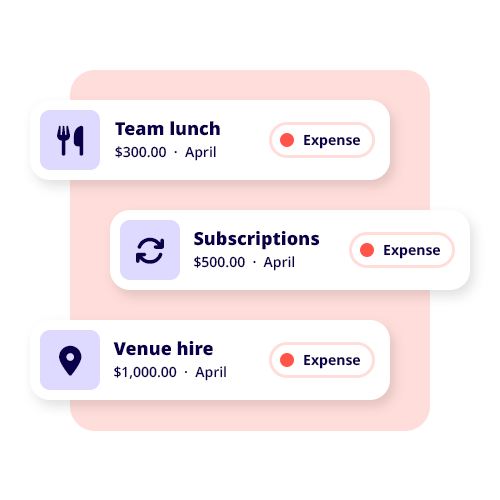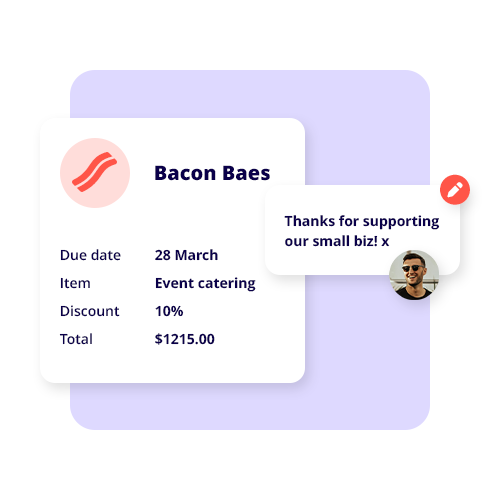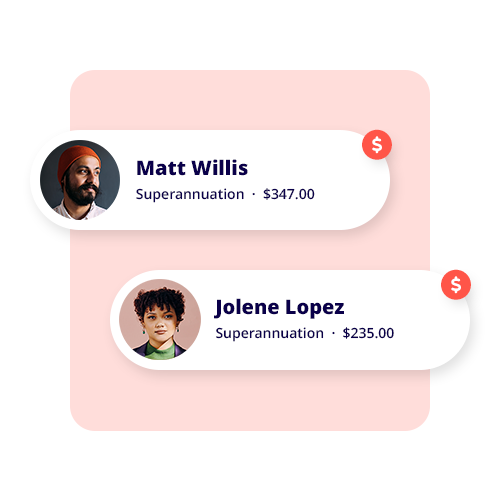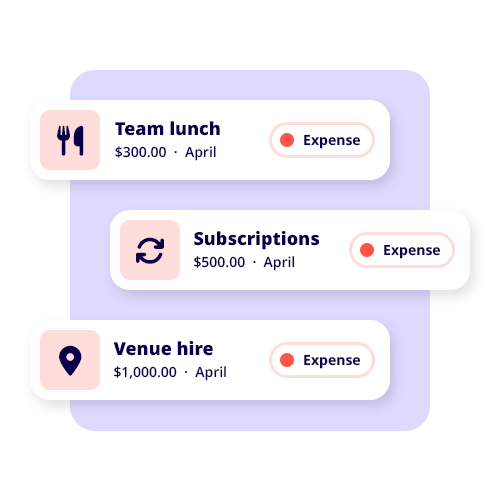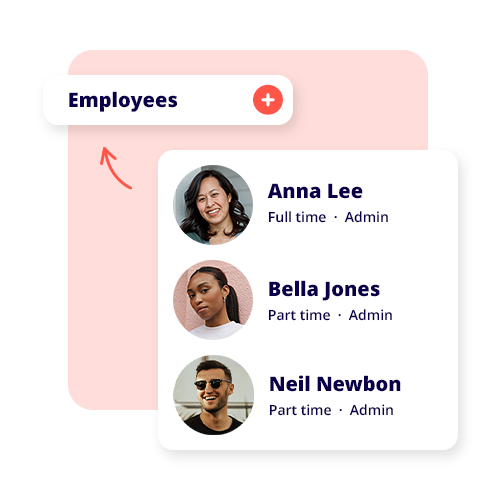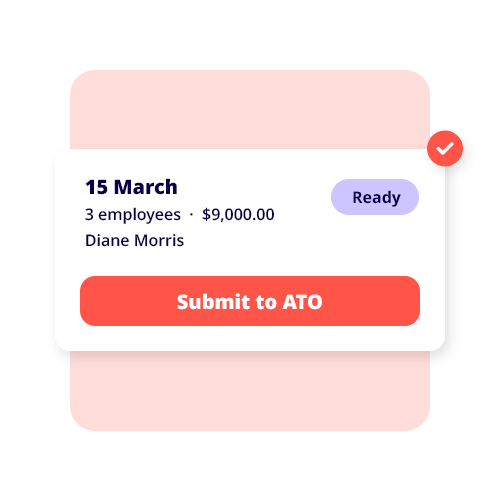TABLE OF CONTENTS
Let’s go over the basics of having a petty cash fund and how to manage it in your small business.
What does petty cash mean?
cash is a reserve of money that businesses keep for small or incidental expenses. They can include anything from office supplies to food for staff meetings. The amount kept in petty cash funds is generally small, but it’s essentially a quick solution for handling day-to-day expenses without going through more formal accounting processes.
What are the different petty cash types?
There are four main types of petty cash:
- General petty cash: Used for regular small expenses.
- Imprest petty cash: Fixed cash amount, replenished when it depletes.
- Emergency petty cash: Reserved for urgent or unexpected expenses.
- Discretionary petty cash: Used at the discretion of a manager or specific employee for non-routine purchases.
What is a petty cash fund or petty cash account?
A petty cash fund or account is a predetermined amount of money that your business might set aside to cover minor expenses. It’s a fund that’s kept separate from the business’s main bank accounts and is replenished periodically. For example, if the petty cash balance falls below a certain amount, the fund will be topped up to retain liquidity for future expenses.
In accounting, the petty cash fund is usually listed as a current asset on the balance sheet. Your business will need to keep a record of all transactions (e.g. petty cash receipts) made with the petty cash funds and top it up at regular intervals (e.g. monthly).
Is petty cash an asset or expense?
In accounting terms, petty cash is considered an asset. It’s recorded as part of a company’s liquid assets because it represents money that’s available to be spent now. However, the purchases made from the petty cash box, such as office supplies or transportation costs, are recorded as expenses. In other words, the petty cash balance itself remains an asset until it’s spent.
Once petty cash transactions have been made, the money is moved from the petty cash account to the relevant expense categories. The balance in the petty cash fund remains until replenished.
How do you record petty cash in accounting?
- Initial set-up: When the petty cash fund is created, the amount is debited from the petty cash account and credited to the cash account.
- Expense recording: Every time petty cash is used, a receipt should be collected to record the details of the transaction (i.e. the amount, purpose, date, etc.). You’ll then be able to track how the petty cash is spent.
- Reconciliation: At the end of each accounting period, the petty cash on hand should be checked against the receipts. If the remaining cash plus the total receipts matches the original petty cash fund, the account is ‘balanced’.
- Replenishment: Whenever you notice the petty cash drawer is low, the fund should be replenished, usually by withdrawing from the business’s main bank account and sending it straight to the petty cash account.
Should your small business have a petty cash custodian?
Yes, having a petty cash custodian is a great idea to help manage petty cash. This individual — or custodian — is responsible for keeping the cash safe, spending it on minor expenses, maintaining good records, and ensuring the fund stays balanced. In other words, you should assign a team member who is both trustworthy and detail-oriented.
In a smaller business, the owner or office manager is usually a good choice to serve as the custodian. In larger businesses, the finance department generally manages the petty cash.
What are some common petty cash expenses?
- Office supplies: Pens, notepads and paper for daily office use.
- Transport costs: Reimbursement for employees who use their personal vehicles for work-related trips, or paying for taxis to client meetings, etc.
- Employee refreshments: Snacks, tea and coffee in the office.
- Emergency purchases: Fast replacements for broken office equipment or small maintenance needs.
- Postage and deliveries: Paying for small deliveries or sending packages.
Petty cash is a simple way to cover your small business expenses. But remember to keep proper records and appoint a custodian who can handle all petty cash accounting. It will make your life easier while ensuring your business can cover any minor expenses that might crop up from day to day.




